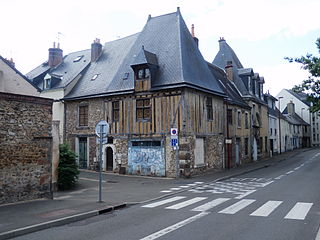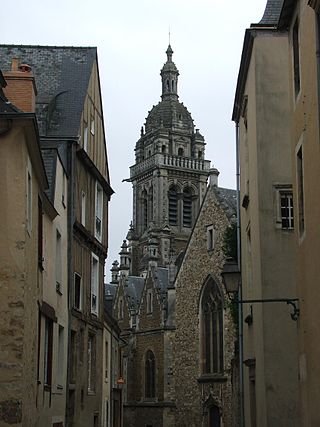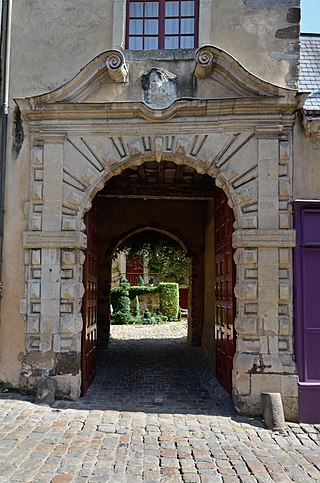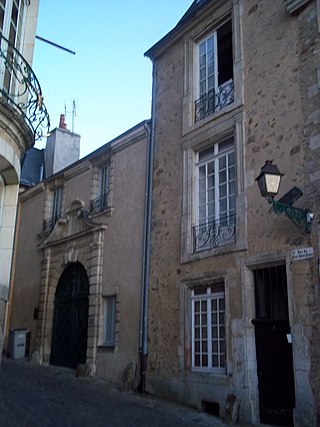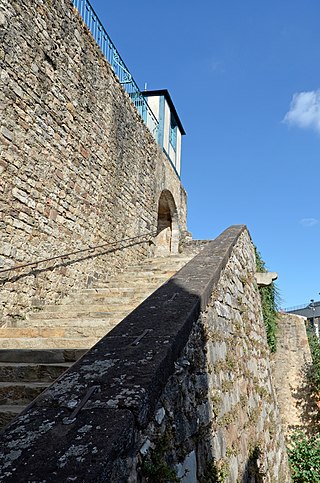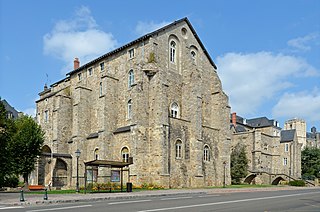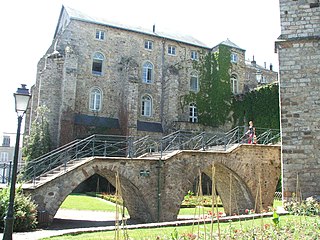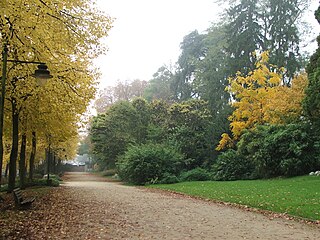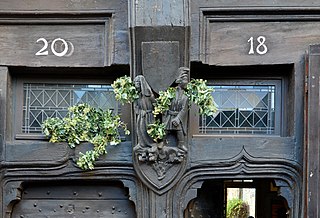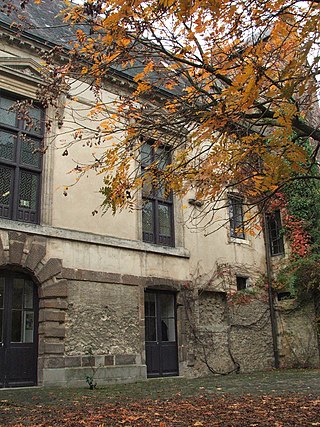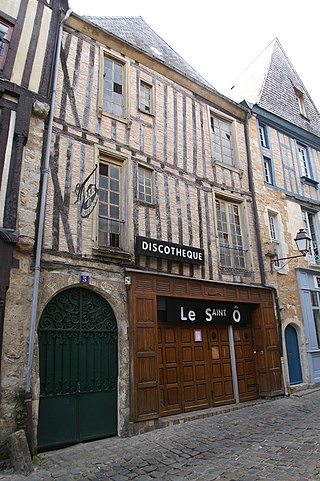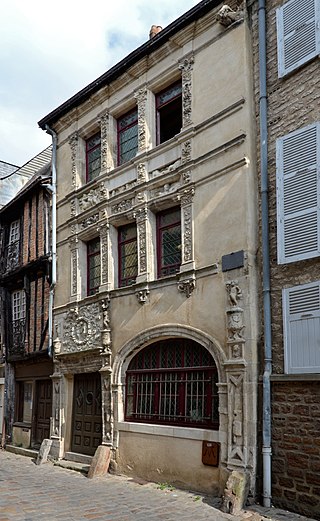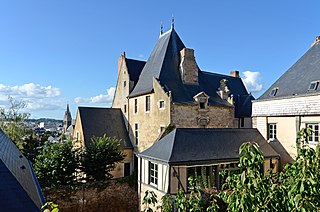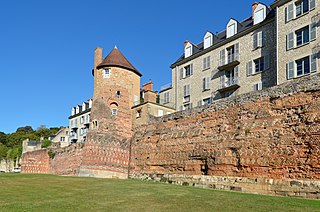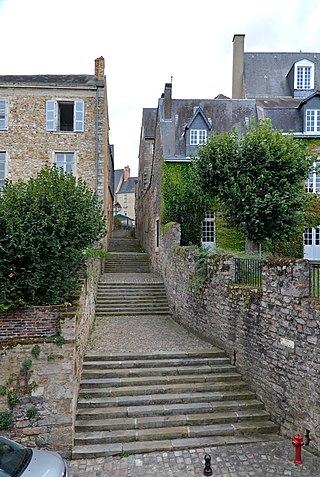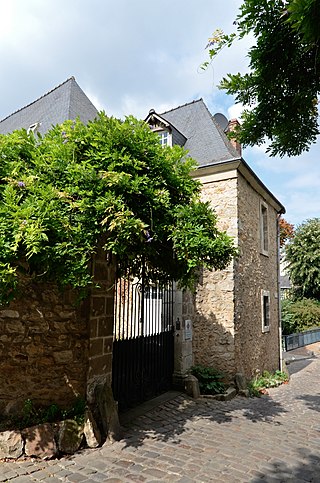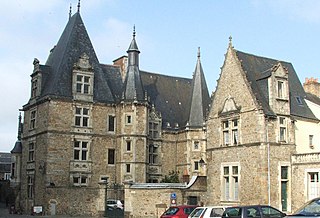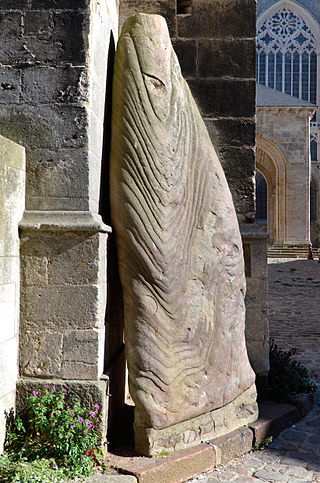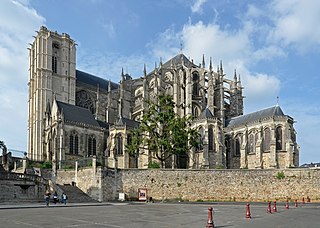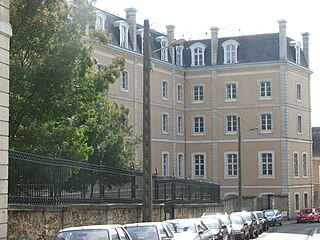Self-guided Sightseeing Tour #1 in Le Mans, France
Legend
Guided Free Walking Tours
Book free guided walking tours in Le Mans.
Guided Sightseeing Tours
Book guided sightseeing tours and activities in Le Mans.
Tour Facts
4.6 km
119 m
Experience Le Mans in France in a whole new way with our free self-guided sightseeing tour. This site not only offers you practical information and insider tips, but also a rich variety of activities and sights you shouldn't miss. Whether you love art and culture, want to explore historical sites or simply want to experience the vibrant atmosphere of a lively city - you'll find everything you need for your personal adventure here.
Individual Sights in Le MansSight 1: Église Notre-Dame-du-Pré
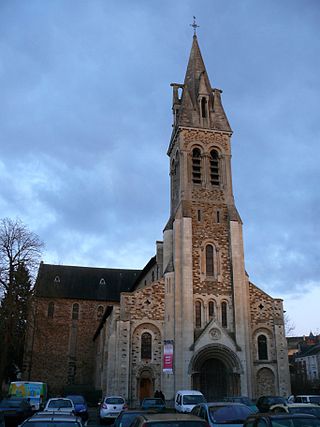
The Church of Notre-Dame-du-Pré is a Catholic religious building built in the city of Le Mans between the eleventh and twelfth centuries.
Sight 2: Auberge de la Fontaine
The Auberge de la Fontaine is an inn located in the city of Le Mans in the Sarthe department.
Sight 3: Église Saint-Benoît
The Church of Saint-Benoît is a Catholic church located in the city of Le Mans, in the historic district.
Sight 4: Hôtel Legras du Luart
The Hotel Legras du Luart is a monument located in the commune of Le Mans in the Sarthe department and in the Pays de la Loire region in north-western France.
Sight 5: Hôtel Nepveu de Rouillon
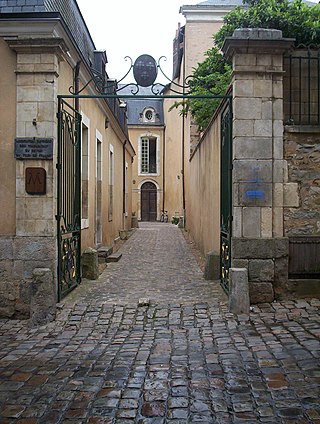
The Hotel Nepveu de Rouillon is a monument located in the commune of Le Mans in the Sarthe department and in the Pays de la Loire region in north-western France.
Sight 6: Hôtel de Courcival
The Hôtel de Courcival is a monument located in the commune of Le Mans in the Sarthe department in the Pays de la Loire region in north-western France.
Sight 7: Escalier des Boucheries
The staircase leading to the rue des Boucheries is a staircase located in the commune of Le Mans in the Sarthe department and in the Pays de la Loire region in north-western France.
Sight 8: Hôtel Desportes de Linières
The Hotel Desportes de Linières, or Hotel Belin de Béru, is a private mansion located in the city of Le Mans at 9 rue des Boucheries in the Les Halles district.
Sight 9: Hôtel Coindon
The Coindon hotel is a monument located in the French town of Le Mans in the Sarthe department and the Pays de la Loire region.
Sight 10: Mairie du Mans
The collegiate church of Saint-Pierre-la-Cour is a former collegiate church located in the city of Le Mans. This is the former church dedicated to the Counts of Maine whose palace was adjacent. Built like the cathedral straddling the Gallo-Roman wall, it is attested as early as the High Middle Ages. Initially a simple chapel, it was endowed with a chapter of canons by Hugh I, who was also the first count to consider Saint-Pierre as his personal chapel. The collegiate church then benefited from the rise of the Count dynasty, and Count Elias I had it rebuilt at the end of the eleventh century. Until the Revolution, it contained the relics of Scholastica, the patron saint of Le Mans, who was invoked in particular against fires. Henry II of England restored the collegiate church in the twelfth century, but it was above all the addition of the monumental two-storey chevet in the thirteenth century by Charles II of Anjou that completed the building's imposing stature.
Sight 11: Escalier des Ponts Neufs
The Escalier des Pont-Neufs is a staircase located in the commune of Le Mans in the Sarthe department in the Pays de la Loire region in north-western France.
Sight 12: Musée Jean-Claude-Boulard / Carré Plantagenêt
The Museum of Archaeology and History of Maine, or officially the Jean-Claude-Boulard Carré Plantagenet Museum, is a museum located in the city of Le Mans, in the Saint-Nicolas district, close to the central sector. Completely restored and refurbished by architect Bernard Althabegoity, it was officially opened on 19 June 2009 and opened to the public the following day.
Wikipedia: Musée d'archéologie et d'histoire du Mans (FR), Website
Sight 13: Musée de Tessé
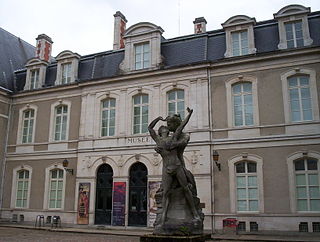
The Musée de Tessé is the fine arts museum of the city of Le Mans in France. It offers many guided tours on various themes and is located on the fringes of the natural setting of the Quinconces des Jacobins and the Parc de Tessé.
Sight 14: Quinconces des Jacobins
Les Quinconces des Jacobins is a park in the city of Le Mans.
Sight 15: Centre culturel « Les Quinconces - L'Espal »
The Municipal Theatre of Le Mans, or Théâtre des Jacobins, is a performance hall that has been present, in various forms, since 1842.
Sight 16: Maison de Scarron
The House of Scarron is a monument located in the commune of Le Mans in the Sarthe department and in the Pays de la Loire region in north-western France.
Sight 17: Maison des Deux Amis
The Maison des Deux Amis is a monument located in the commune of Le Mans in the Sarthe department and in the Pays de la Loire region in north-western France.
Sight 18: Maison du pilier rouge
The House of the Red Pillar is a monument located in the commune of Le Mans in the Sarthe department and in the Pays de la Loire region in north-western France.
Sight 19: Hôtel de Vignolles
The Hôtel de Vignolles is located in Old Mans, Place Saint-Pierre. It was built in 1549 by Jean de Vignolles. The hotel was never finished. Its architecture is of a local Gothic style. Its circulation axis is resolutely vertical due to its transition architecture. The hotel is part of a particular position in the city, bringing a revival to the traditional 15th century party. The hotel is widely marked by the stately architecture of Haut-Maine, however. However, it attests to similarities in the roots of rural and urban seigniorial residences. If its construction is not, by definition, luxurious; Its spreading on the ground is monumental compared to the other hotels built mainly in height, within the Old Mans. Its particular architecture located it halfway between Parisian architecture and Loire architecture, such as the position of the city and its natural attractions on the map of France. There is no doubt that Vignolles was particularly attentive to the effect produced on the visitor. First, he wanted to bring more Parisianism to Le Mans with its external architecture. Then he took into account the visitor's approach. The goal was certainly to impress, flatter and dominate all the fine flower of regional Protestantism and in particular Saumur Protestantism. The Hôtel de Vignolles is the typical example of the National Hotel National which will be built in Paris as elsewhere in France until the middle of the 17th century. Property of the city of Le Mans since 1926, the hotel is partially classified as historic monuments in 1946. Even today, restorations continue, a division in two of the hotel in 1799 having deeply marked or even disfigured its original beauty .
Sight 20: Hôtel Petot
The Petot Hotel is a monument located in the French commune of Le Mans in the Sarthe department and in the Pays de la Loire region.
Sight 21: Pilier aux Clefs
The House of the Pillar of the Keys is a monument located in the commune of Le Mans in the Sarthe department and in the Pays de la Loire region in north-western France.
Sight 22: Maison d'Adam et Ève
The House of Adam and Eve is a monument located at 69 Grande-Rue in Le Mans (Sarthe), France.
Sight 23: Hôtel de Vaux
The Hôtel de Vaux is a monument located in the commune of Le Mans in the Sarthe department and in the Pays de la Loire region in north-western France.
Sight 24: Enceinte romaine
The Gallo-Roman enclosure of Le Mans, also referred to as the Roman enclosure of Le Mans, is located in the city once known as Vindinum or Vindunum. This city was the capital of the Gallic people, the Aulerci Cenomani. The construction of the enclosure began during the Late Roman Empire. While it was previously believed to date from the end of the 3rd century, recent studies suggest a construction date at the beginning of the 4th century.
Sight 25: Escalier de la Pierre de Tucé
The Pierre-de-Tucé staircase is a staircase located in the commune of Le Mans in the Sarthe department in the Pays de la Loire region in north-western France.
Sight 26: Hôtel Richer de la Jousserie
The Hotel Richer de la Jousserie is a monument located in the commune of Le Mans in the Sarthe department and in the Pays de la Loire region in north-western France.
Sight 27: Palais du Grabatoire
The Palais du Grabatoire is the current episcopal residence of the Bishop of Le Mans. It is a former canonical palace built in the first half of the sixteenth century for Jean de Couthardy. The palace is located in the Cité Plantagenêt district, the historic heart of Le Mans. The building faces the west door of the Saint-Julien Cathedral, Place du Cardinal Grente. Its name has commonly been reduced to Grabatoire or the Hôtel du Grabatoire. Its surface is of an unusual size. Very few documents, books or magazines from Le Mans have retraced the history of the building. It is one of the city's most unknown monuments. Le Grabatoire has been listed as a historical monument since 1927.
Sight 28: Maison de la Tourelle
The Maison de la Tourelle, or Maison à la Tourelle or Maison de Saint-Paul, is a monument located in Le Mans, France.
Sight 29: Saint Julian stone
The Pierre Saint-Julien, is a menhir sculpted in pink sandstone with a height of 4.55 meters, located in Le Mans, France.
Sight 30: Saint Julian Cathedral
Le Mans Cathedral is a Catholic church situated in Le Mans, France. The cathedral is dedicated to Saint Julian of Le Mans, the city's first bishop, who established Christianity in the area around the beginning of the 4th century. Its construction dated from the 6th through the 15th century, culminating in 1430 and it features many French Gothic elements.
Sight 31: Psalette
The Psalette du Mans is a monument located in the commune of Le Mans in the Sarthe department in the Pays de la Loire region in north-western France.
Sight 32: Officialité du Mans
The officiality of Le Mans is a monument located in the commune of Le Mans in the Sarthe department and in the Pays de la Loire region in north-western France.
Sight 33: Collège des Oratoriens
The Collège de l'Oratoire or Séminaire des Oratoriens is a former teaching building located in Le Mans. It is now the Lycée Montesquieu and was for decades the boys' high school of Le Mans. The Collège de l'Oratoire is located to the east of Vieux-Mans and is now administratively attached to it. It was built in 1599 on the territory of the Saint-Ouest-des-Fossés suburb. The college chapel has been classified as a historical monument since 1982.
Share
How likely are you to recommend us?
Disclaimer Please be aware of your surroundings and do not enter private property. We are not liable for any damages that occur during the tours.
GPX-Download For navigation apps and GPS devices you can download the tour as a GPX file.
